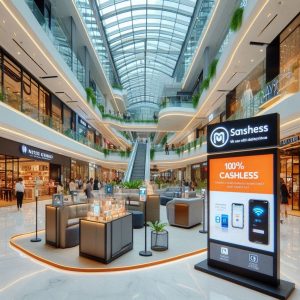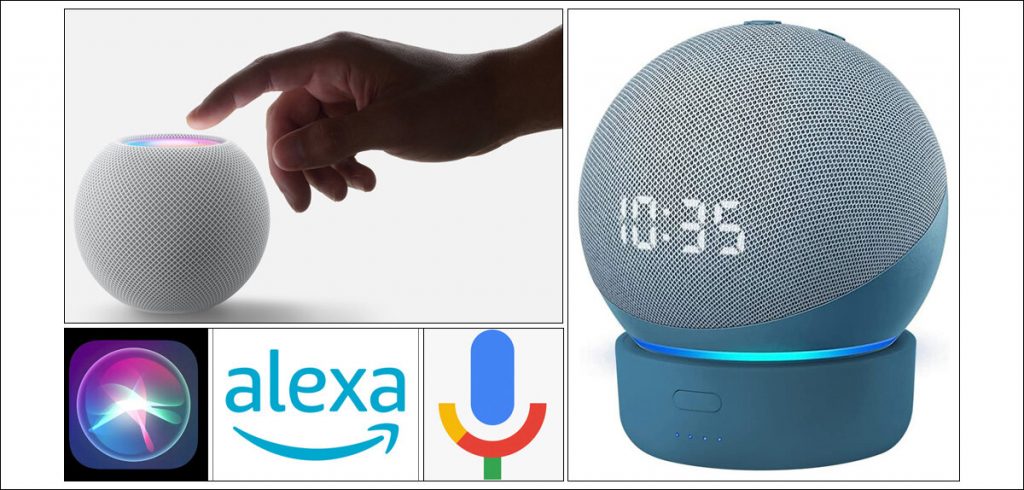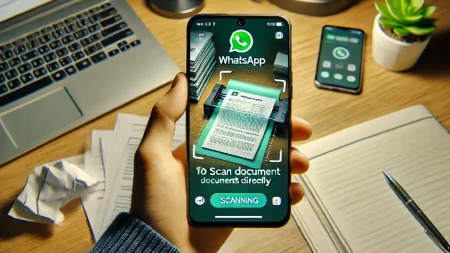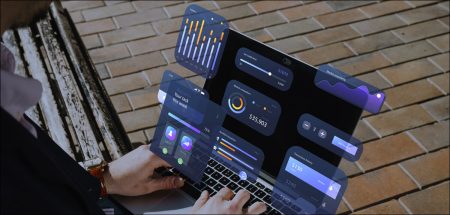Uma Iyer explores the fascinating world of virtual assitants, their possibilities, pitfalls and potential future.
Back in the day of the old science fiction movies, a ‘communicator’ was about that; a small box that allowed you to speak with the spaceship. Times have changed now. Today, technology is more integrated. A small piece of technology, say a speaker boasts features today that fifty years ago would have taken several large and cumbersome boxes to execute.
But perhaps nothing beats what has come to be the existence of virtual assistants. Think of Jack Kirby’s motherbox minus the interdimensional travel (so far). So what are these virtual assistants, and what wonders and/or terrors do they hold for us. Let us find out.
What is a virtual assitant?
It is simply a speaker one can ‘speak’ to and interact with much like how one would do with the phone.
They use virtual assistants like Amazon Alexa, Google Assistant, Apple Siri and others to set reminders, tell the weather, play music, control gadgets (including but not limited to heating, lights, switches, air conditioning, lifts, etc.)
Some of these are augmented with touch screens and some are basic voice activated ones.

(Apple Siri- Activated with ‘Hey Siri’)
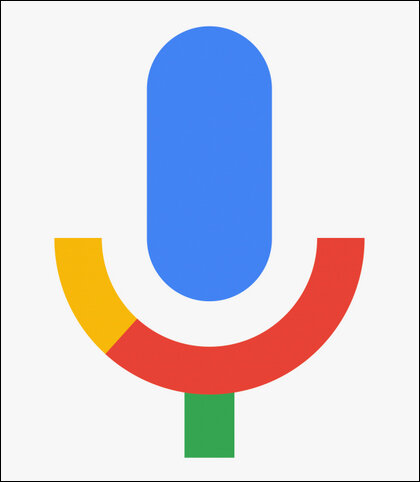
(Google Assistant – Activated with ‘Ok Google’)

(Amazon Alexa – Activated with ‘Alexa’)
Which one is the most used Assistant?
Alexa: Starting from 2014 it pioneers with its ability to work with various home gadgets along with understanding natural language. There are over 100k skills that Alexa assists with from playing music to switching devices to ordering grocery.
Siri: Siri debuted in 2011 along with the Apple 4S launch and it has perfect integration with iOS devices which also ensures that it opens applications for apple users, messages, calling, etc.
Google Assistant: While it is the newest kid on the block from 2016, it integrates with a multitude of third party devices with excellent comprehension of contextual understanding making it conversational.
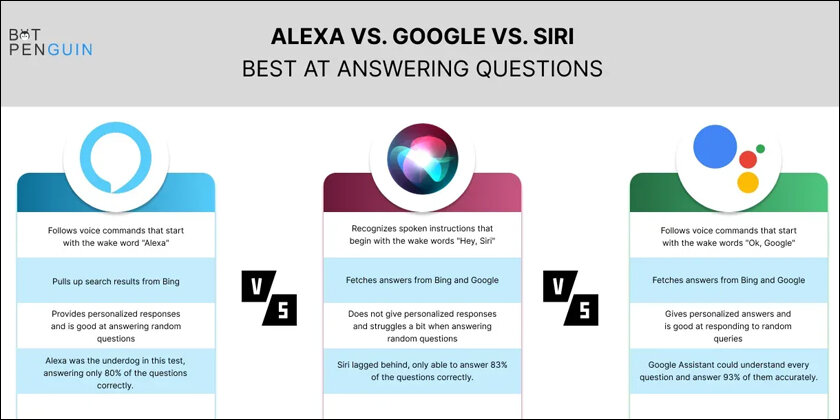
(ChatGPTs vote)
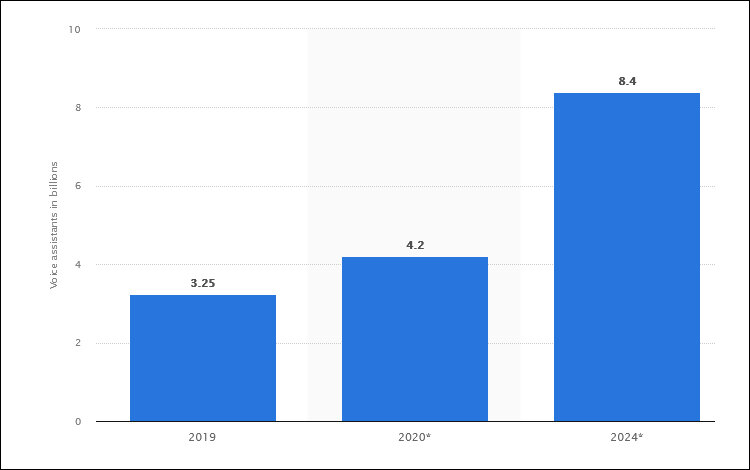
Voice assistant usage has surged from 2 million in 2019 to over 8 million in 2020 showing the popularity and effectiveness.
Alexa users top the count in many researches where most of the demographic using it range between 20-35 years of age.

Microsoft survey shows that Siri and Google assistants are used by 36% of participants, however Statistica data indicates that Google Assistant, Statistics and Apple Siri are equal in terms of popularity with Microsoft Cortana still with 19% of users and 25% with Alexa.
The older demographic over 50s using the assistants is fairly limited although the market potential is huge for aging parents and people who need support.
What are some of the simple uses (compared)
| ‘Ok Google’ | ‘Siri..’ | ‘Alexa..’ |
| Set reminders and alarms Make phone calls and send messages Control smart home devices, such as lights, thermostats, and cameras Play music or podcasts Get weather updates Ask for directions Set timers and countdowns Check your calendar Create shopping lists Order food or groceries from supported services Translate languages Find nearby businesses and points of interest | Set reminders and alarms Make phone calls and send messages Control smart home devices, such as lights, thermostats, and cameras Play music or podcasts Get weather updates Ask for directions Set timers and countdowns Check your calendar Create notes and lists Search the web Translate languages Find nearby businesses and points of interest | Control smart home devices, such as lights, thermostats, and cameras Set reminders and alarms Make phone calls and send messages Play music or podcasts Get weather updates Ask for directions Set timers and countdowns Check your calendar Create shopping and to-do lists Order products from Amazon Get news and sports updates Search the web Play games and quizzes Set up routines and custom commands |
What are the best devices that link up to the virtual assistants?
Amazon Echo Dot, to Google Home/Nest, Sonos One, Marshall Oxbridge are some of the popular brands currently in the market.
Apple Homepod mini
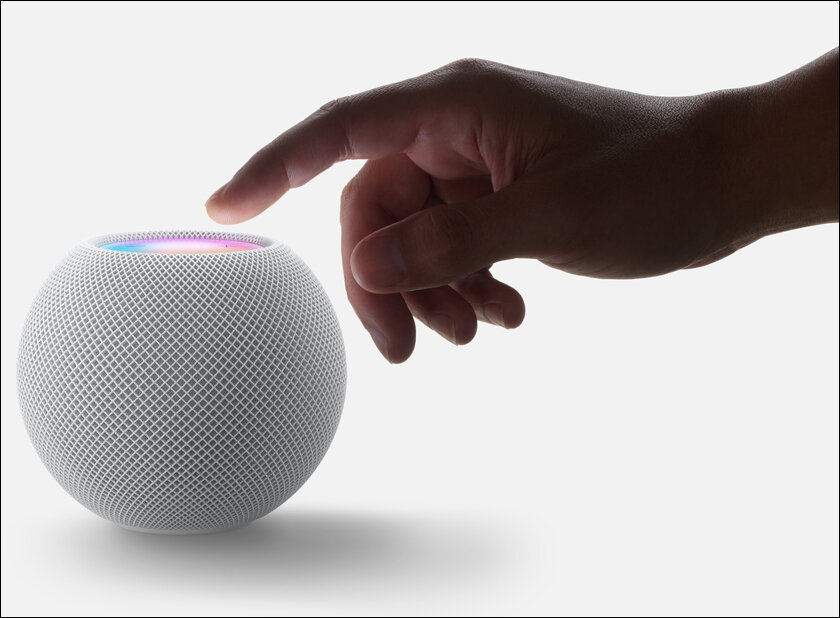
Google Nest Mini
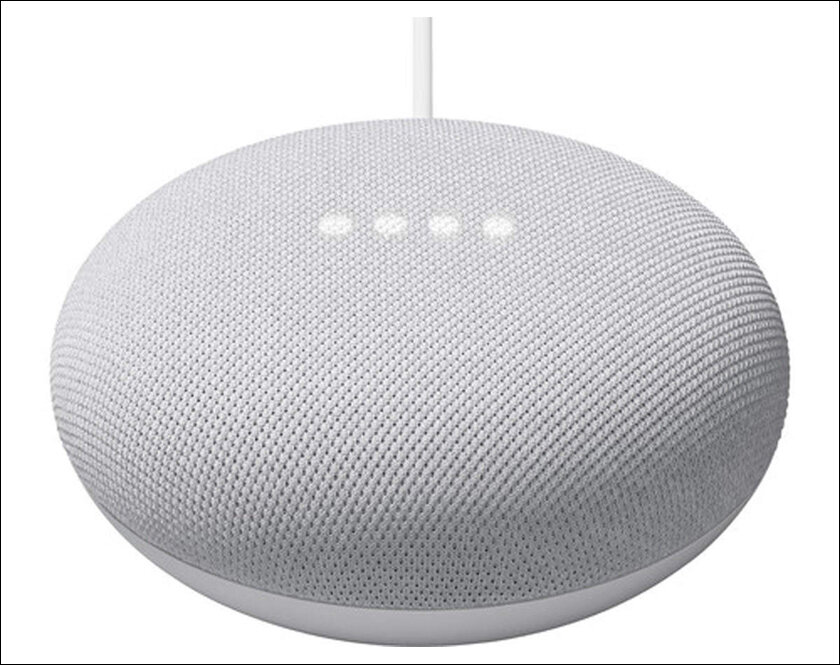
Google Home/Nest devices can be found here.
Amazon Echo Dot (4th Generation)
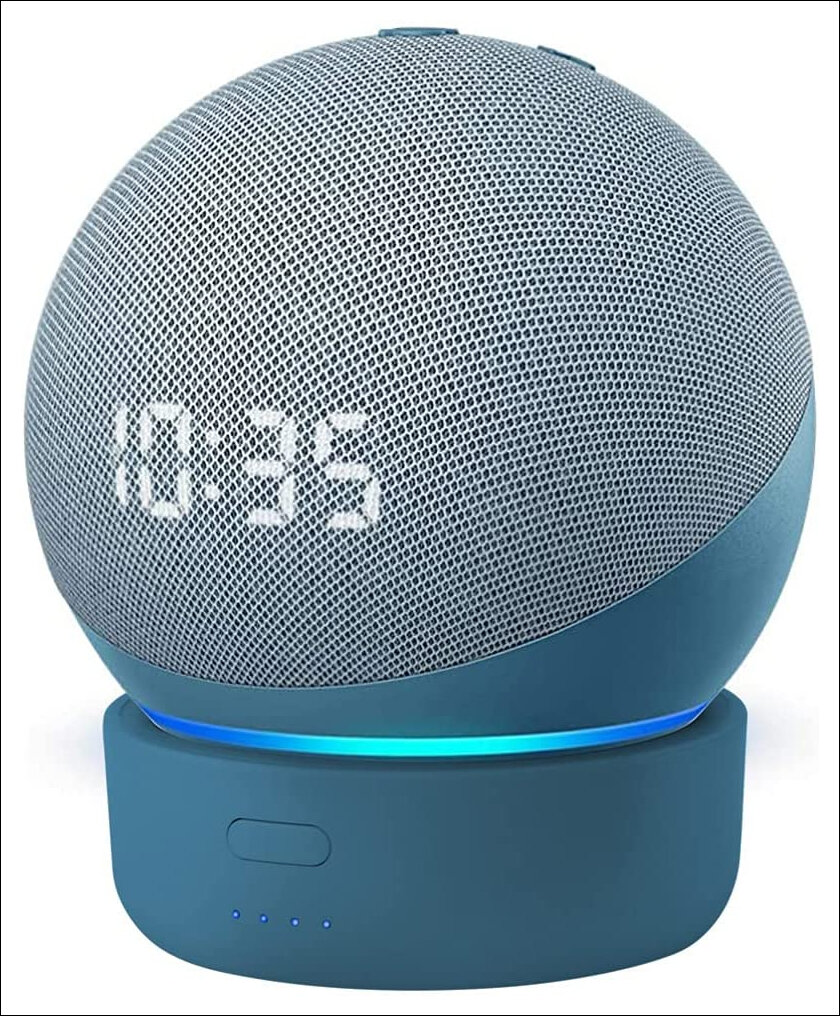
While current Amazon Echo devices here.
Conclusion
There is much talk about robotics and AI (Artificial Intelligence) managing househelp in the near future as well. Marrying the two innovations, we explore how far we can go from simple calendar management to medicine. Technology has evolved and will continue to evolve with a view of the cost vs the ease of use.
In case you missed:
- None Found
